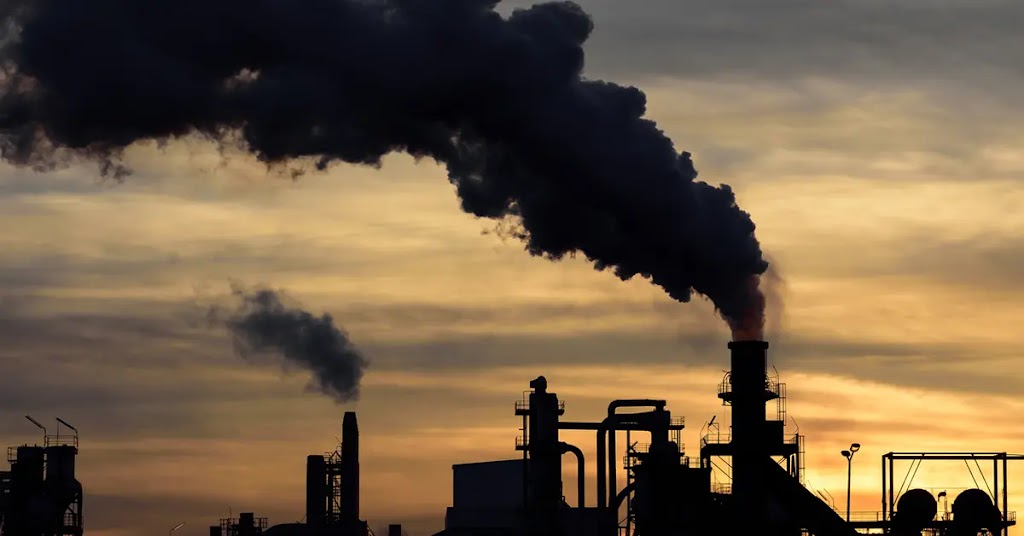If the world keeps burning fossil fuels at its current rate, it will probably not be able to keep global warming below the internationally agreed-upon temperature limit in a little over five years, or sometime in early 2029, according to a new study.
The study brings the date of the global temperature threshold—a rise of 1.5 degrees Celsius (2.7 degrees Fahrenheit) since the 1800s—closer to the point at which the world will eventually reach it by three years.
According to a previous United Nations scientific report, the risks of catastrophes increase beyond that point because the world is likely to lose most of its coral reefs, a major ice sheet may begin to melt irreversibly, and the likelihood of water shortages, heat waves, and extreme weather-related deaths will increase significantly.
Since the globe has made progress in removing aerosols, which are small, smoky particles of air pollution, reaching that threshold will occur sooner than originally projected. According to the study’s lead author, aerosols slightly cool the earth and mitigate the effects of burning coal, oil, and natural gas. Stated differently, although reducing aerosol pollution is a good thing, its success results in a slightly faster increase in temperature.
The “carbon budget” that remains, or the amount of fossil fuels that the world can burn with a 50% chance of keeping global warming to 1.5 degrees Celsius since pre-industrial times, is calculated by the study published in the journal Nature Climate Change. The 2015 Paris Agreement established that as the cutoff point.
The average temperature over the past ten years has already risen by 1.14 degrees Celsius (2.05 degrees Fahrenheit) over the 19th century. It was 2.27 degrees Fahrenheit (1.26 degrees Celsius) warmer last year, but scientists predict that this year will surpass that.
See also: India’s Aditya-L1 solar observatory departs from the influence of the planet


